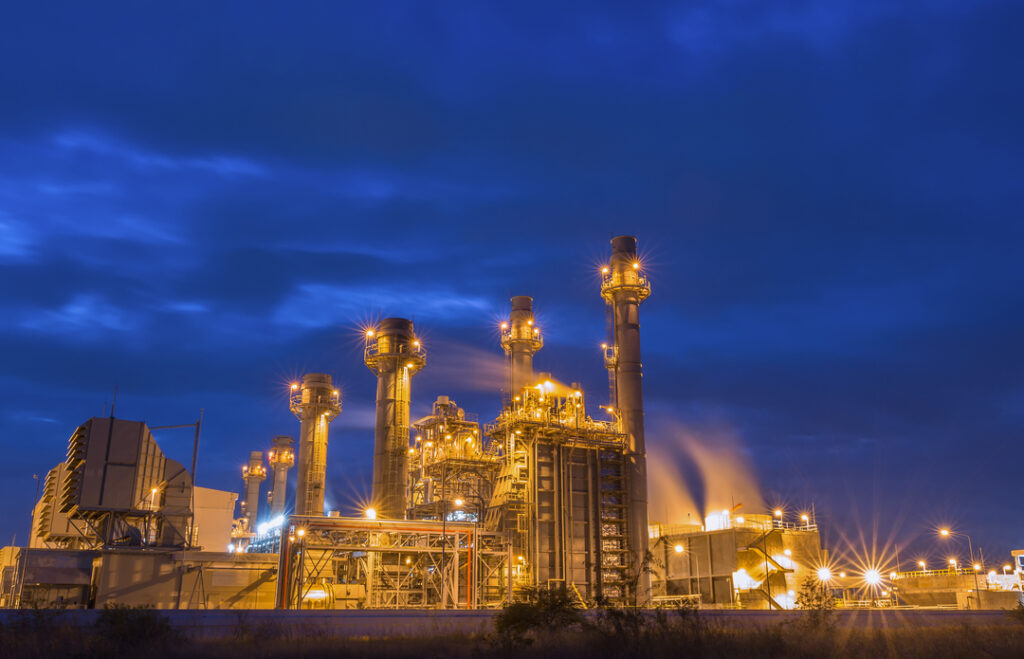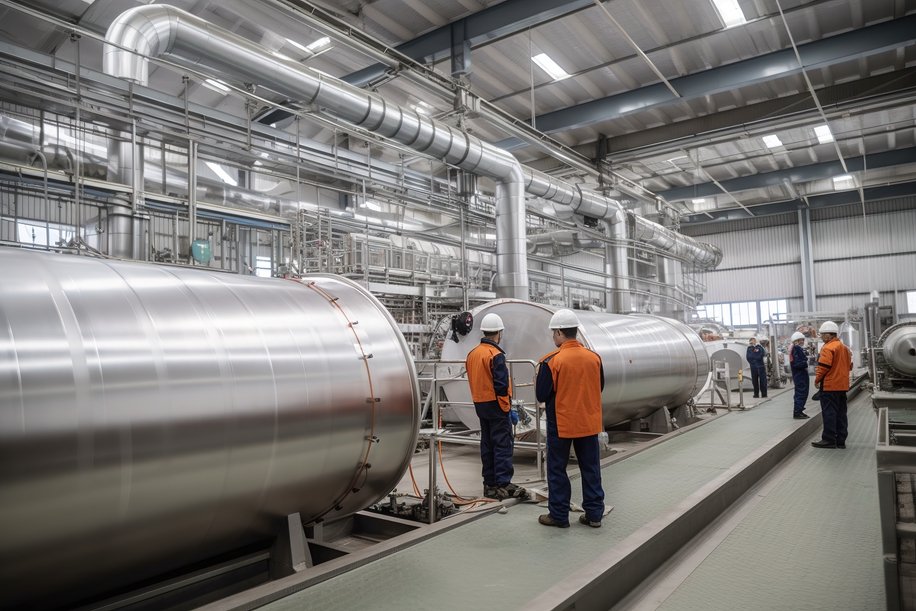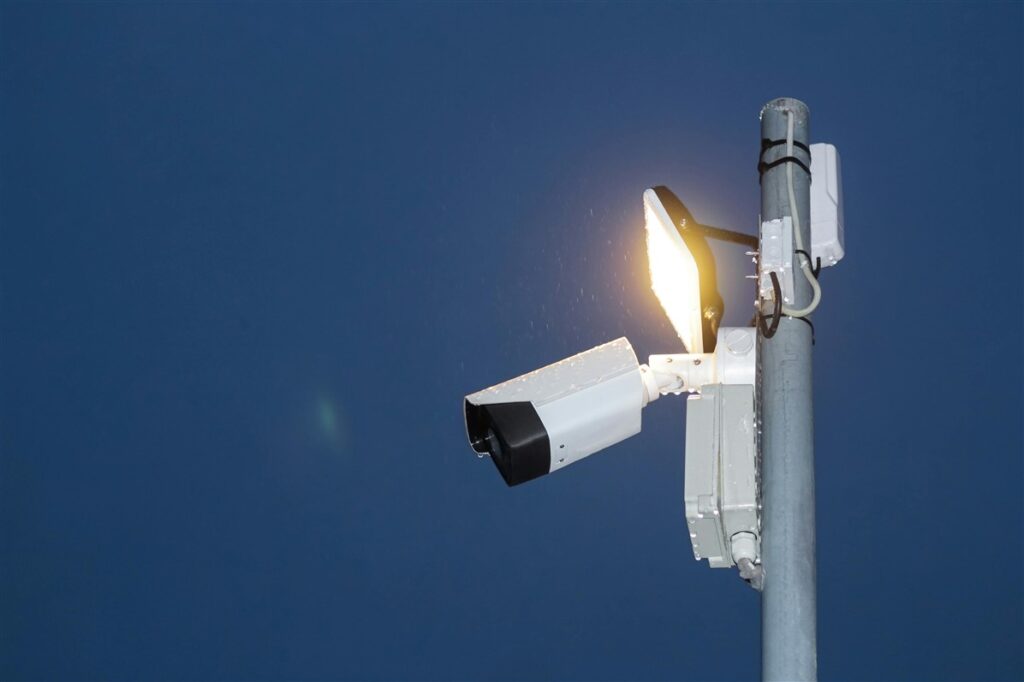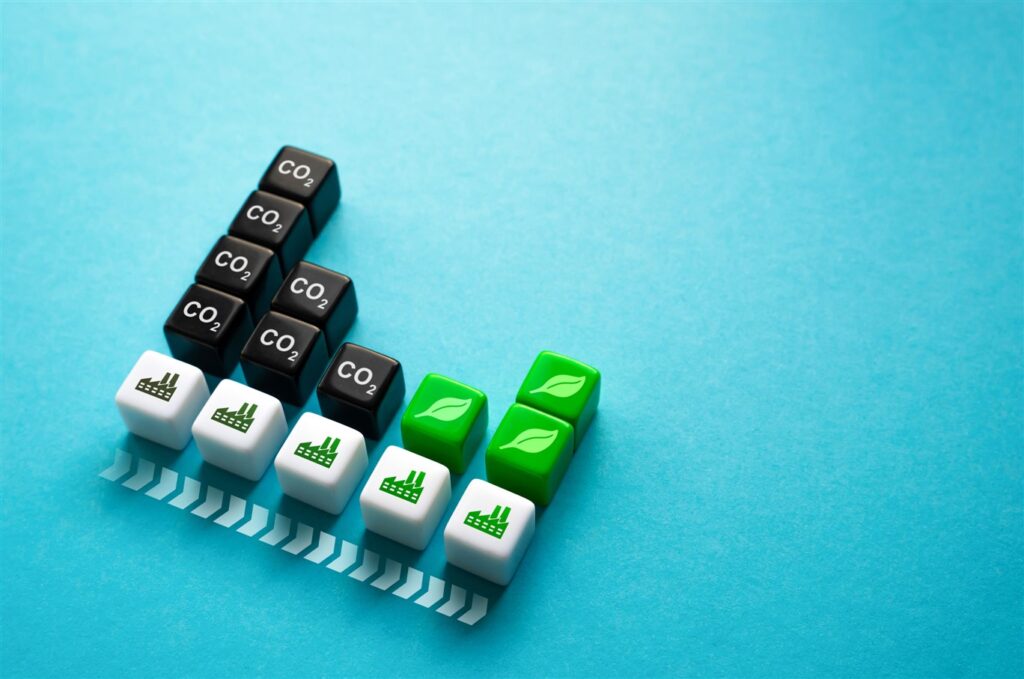Lee’s Landmarks – Yorkshire Sculpture Park, Forth Bridge, Wembley Stadium
If you find that organising electrical jobs at your workplace can be hard work at times, imagine the challenges that those running major landmarks have to face. Here, we look at some of the awe-inspiring stats of three familiar landmarks.
Yorkshire Sculpture Park
Set in the stunning grounds of the 18th century Bretton Estate, Yorkshire Sculpture Park (YSP) is one of the world’s leading open-air galleries.
It has been showcasing the work of world- class artists, including Henry Moore, Barbara Hepworth, Antony Gormley and Ai Weiwei, since it was established in 1977 by the current Executive Director Peter Murray CBE.
Essential stats:
Size of the Park: over 500 acres of fields, hills, woodland, lakes and formal gardens
Number of sculptures in the open air: more than 100
Number of galleries: five
Number of visitors in 2014: 430,000
Electric facts:
YSP uses electricity to power a number of installations and exhibitions within the park, including Julian Opie’s animated Galloping Horse (2012).
The sculpture has a stride of 3.5m (11ft 6”) and takes 120 strides per minute. This is 420m (1,378ft)/minute; 25,200m (82,677ft)/ hour; 125 miles/day; 875 miles/week and 45,500 miles a year, at 15.62 mph.
Forth Bridge
An iconic structure crossing the Firth of Forth, the Forth Rail Bridge is the world’s second longest cantilever bridge and the first major structure in Britain to be constructed of steel.
Designed by engineers John Fowler and Benjamin Baker, it took eight years to build and was opened by the Prince of Wales (later King Edward VII) on 4 March 1890. Now owned by Network Rail, the Forth Bridge was this year designated a UNESCO World Heritage Site.
Essential stats:
Height of two main spans: 518.16m (1,700ft)
Length: 2,528.7m (8,296ft)
Elevation of the rail track above water at high tide: 45.72m (150ft)
Weight: 53,000 tonnes
Number of rivets: 6.5 million
Number of construction workers required: around 4,600
Number of trains carried daily today: 200
Electric facts:
One of the largest floodlit structures in the world, the Forth bridge recently spent two years in the dark while it was being repainted, which is not a continual process as many think – this new coat should last 25 years. Originally installed in 1991, the floodlights were refurbished during the painting work.
On 31 March 2012, the 1,054 floodlights were turned back on, only to be turned off for an hour that evening for the World Wildlife Fund’s Earth Hour to raise awareness of climate change. In 2005, the bridge was lit up in red for Comic Relief.
Originally designed for steam locomotives – some of which still cross the bridge today – the bridge’s rail system remains free of electrification equipment. However, this year it has undergone works to install six new signals and a range of associated works to interlockings, power systems and telecoms.
Wembley Stadium
Originally known as the Empire Stadium, Wembley was built as part of a British Empire Exhibition. Officially opened by King George V, fittingly on St George’s Day, 23 April 1924, the stadium actually hosted the World Cup a year earlier, as well as the 1948 Olympic Games, and, of course, the 1966 World Cup, when England beat Germany 4-2.
It was demolished in 2003 and rebuilt with an arch so that there’s no restricted-view seating, re-opening in 2007 to host major sporting and music events.
Essential stats:
Height of the north stand arch: 133m (436ft)
Circumference of the stadium: 1km (0.62miles)
Number of double-decker buses you could fit in the stadium: 25,000
Number of seats: 90,000, plus 310 wheelchair spaces
Capacity for music events: 25,000 people standing
Number of turnstiles: 164
Number of bars and eateries: 34 bars, 8 restaurants, 98 kitchens and 688 food and drink service points
Number of pints of beer that can be served at half time: approximately 40,000
Electric facts:
Wembley’s floodlights require the same amount of electricity for one match as it would take to watch 20,936 matches on your TV at home. There are more than 600 TV screens in Wembley’s public spaces and large LED screens on the front of the stadium.
However, the stadium is powered by 100% renewable energy, almost half of which (44%) comes from wind power. Electricity use was reduced by 30% between 2007 and 2014 and projects have been launched to turn off lighting in certain areas on non-event days, which has led to considerable annual energy savings of hundreds of thousands of KwH.
To keep energy use down, Wembley’s arch is only lit up on event days and special occasions.

Our guide to building energy management systems
Building energy management systems (BEMS) are systems that allow you to monitor, control, and optimise the energy used within your building. The phrase building energy management system (BEMS) is often used interchangeably with the phrase building management system (BMS), but there are some differences. A BEMS is focused on energy-related systems such as lighting, heating, […]
Read more
How far does power travel and what impact does distance have on performance
It’s easy to take our electricity supply for granted. We flick a switch and instantly have light or power. We don’t even think about it unless there’s an issue or an outage. But when there is an issue or outage, the impact can be significant. For manufacturers, even the smallest change in power can make […]
Read more
Why visibility of the production process is so important
Operational excellence, efficiency and quality are top priorities for almost every manufacturer worldwide. These things lead to improved productivity, happier customers and reduced waste – all of which result in increased profits. Visibility of the production process is the key to achieving these things. And manufacturers now have access to technology that can provide real-time […]
Read more
Will security lighting help to protect my staff?
Looking after the safety and well-being of employees should be a priority for any business. And while it’s not possible to mitigate every risk, there are measures you can take to improve their safety and security. One measure that is often overlooked is the installation of security lighting. When daylight disappears, visibility is reduced, increasing […]
Read more
Top 5 considerations when comparing electrical quotes
Budget is always a factor when you’re considering any type of upgrade, revamp, or maintenance work within your factory. But when it comes to electrical work, you have to consider more than just money. Don’t rush into accepting the cheapest electrical quotes without knowing exactly what you’re getting. Electrical work is not an area where […]
Read more
What is the role of companies in reducing our carbon footprint?
We should all be taking responsibility for protecting our planet and a big part of that is reducing our carbon footprint. But while it falls to all of us to do our bit, there is additional pressure on manufacturers, especially those with high carbon emissions. As an absolute minimum, these companies should ensure compliance with […]
Read more

